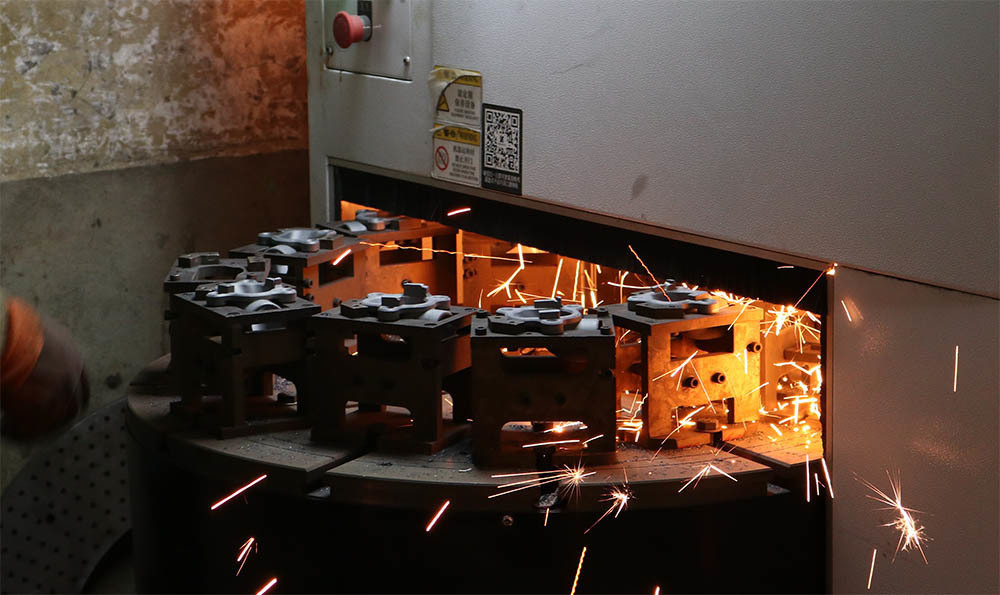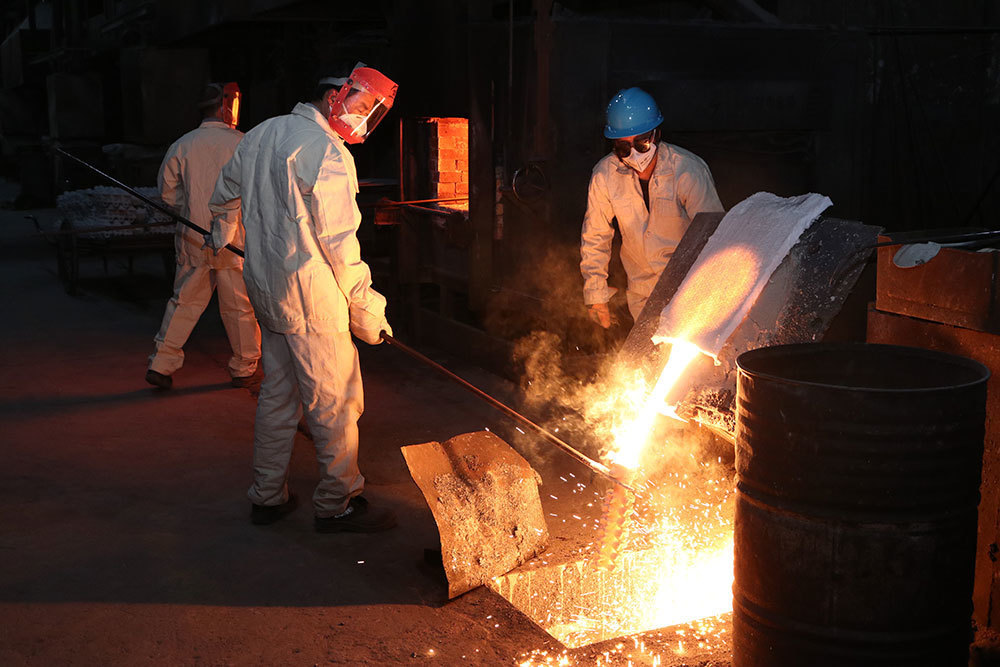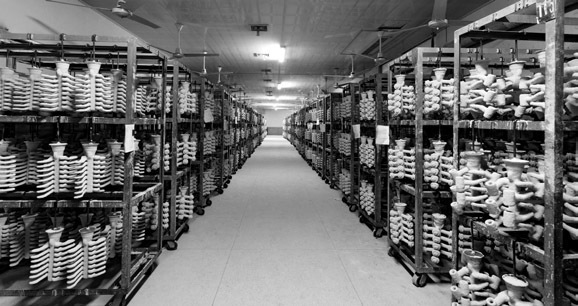2025-05-04
Maximizing Efficiency with Automotive Investment Casting: A Comprehensive Guide
Automotive investment casting is a highly specialized manufacturing process that plays a crucial role in the production of precision components for the automotive industry. This technique, which involves creating a wax model of the desired part, coating it with a ceramic material, and then melting away the wax, allows for intricate designs and superior surface finishes. Due to its ability to produce complex shapes with tight tolerances, investment casting has become increasingly popular among manufacturers looking to optimize their production processes.
One of the primary benefits of automotive investment casting is its efficiency. Traditional manufacturing methods often require multiple steps and extensive machining, which can lead to increased production times and costs. In contrast, investment casting allows manufacturers to create components in a single step, significantly reducing lead times. This is particularly advantageous in the automotive industry, where speed and precision are essential for meeting consumer demands and maintaining competitiveness.
Another advantage of this process is the material versatility it offers. Investment casting can accommodate a wide range of metals and alloys, including steel, aluminum, and even specialized materials that enhance performance in demanding environments. This flexibility enables manufacturers to select the most suitable materials for specific applications, ensuring that components can withstand the rigors of automotive use, such as high temperatures and mechanical stress.
Moreover, automotive investment casting produces parts that exhibit excellent dimensional accuracy and surface finish. The precision of this process minimizes the need for post-production machining, which not only saves time but also reduces waste. This precision is particularly important in automotive applications, where even the slightest deviation from specifications can lead to significant functional issues.
Additionally, investment casting supports sustainable manufacturing practices. By maximizing material utilization and minimizing waste, this method aligns with the growing demand for eco-friendly production processes. Manufacturers can also reduce their carbon footprint by lowering energy consumption throughout the production cycle.
In summary, automotive investment casting stands out as a vital process in the production of high-quality components for the automotive industry. Its advantages—efficiency, material versatility, precision, and sustainability—make it an attractive choice for manufacturers aiming to enhance their product offerings and streamline their operations. As the automotive industry continues to evolve, the importance of investment casting in developing innovative and reliable components will only grow, solidifying its role as a cornerstone of modern manufacturing practices.
One of the primary benefits of automotive investment casting is its efficiency. Traditional manufacturing methods often require multiple steps and extensive machining, which can lead to increased production times and costs. In contrast, investment casting allows manufacturers to create components in a single step, significantly reducing lead times. This is particularly advantageous in the automotive industry, where speed and precision are essential for meeting consumer demands and maintaining competitiveness.
Another advantage of this process is the material versatility it offers. Investment casting can accommodate a wide range of metals and alloys, including steel, aluminum, and even specialized materials that enhance performance in demanding environments. This flexibility enables manufacturers to select the most suitable materials for specific applications, ensuring that components can withstand the rigors of automotive use, such as high temperatures and mechanical stress.
Moreover, automotive investment casting produces parts that exhibit excellent dimensional accuracy and surface finish. The precision of this process minimizes the need for post-production machining, which not only saves time but also reduces waste. This precision is particularly important in automotive applications, where even the slightest deviation from specifications can lead to significant functional issues.
Additionally, investment casting supports sustainable manufacturing practices. By maximizing material utilization and minimizing waste, this method aligns with the growing demand for eco-friendly production processes. Manufacturers can also reduce their carbon footprint by lowering energy consumption throughout the production cycle.
In summary, automotive investment casting stands out as a vital process in the production of high-quality components for the automotive industry. Its advantages—efficiency, material versatility, precision, and sustainability—make it an attractive choice for manufacturers aiming to enhance their product offerings and streamline their operations. As the automotive industry continues to evolve, the importance of investment casting in developing innovative and reliable components will only grow, solidifying its role as a cornerstone of modern manufacturing practices.









